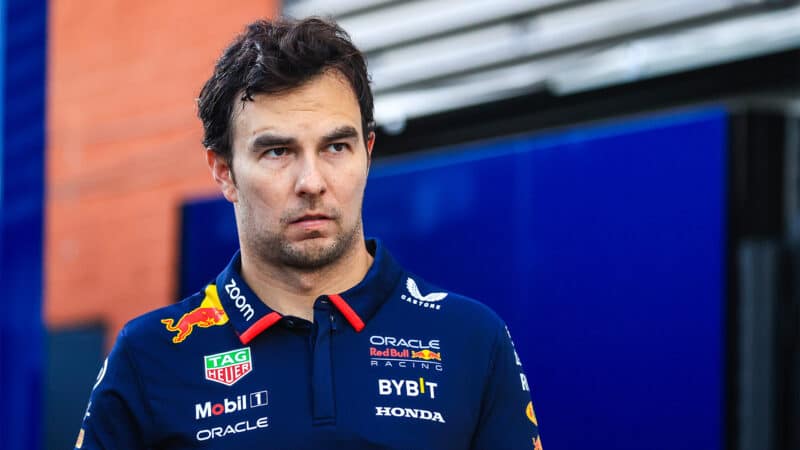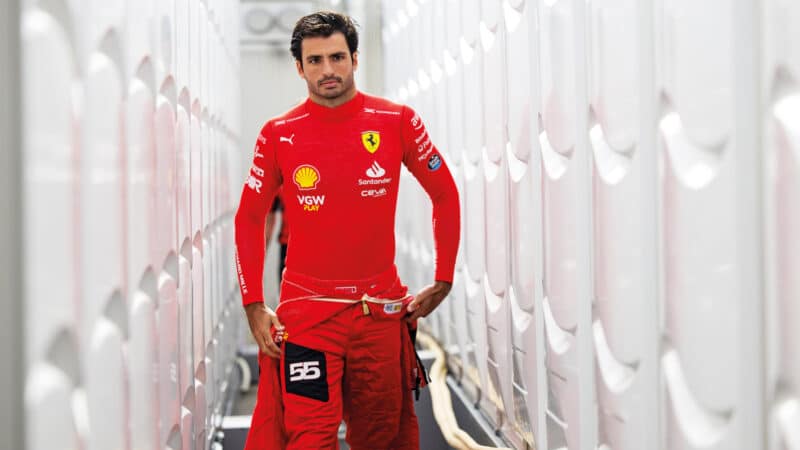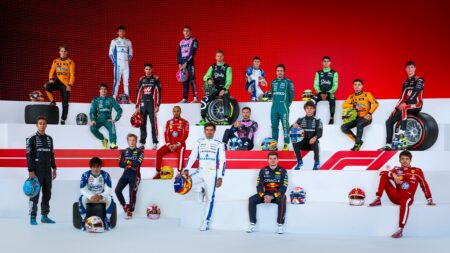Some contracts will include performance termination clauses, in which a driver’s performance will be measured against their team-mate using a specific formula. This may take into account the distance between the two in lap time during qualifying or comparative finishing positions over a series of races. If the driver in question fails to measure up, the team may have the right to terminate their contract, but if they impress, then the team is likely to take up the option of extending the agreement.
Experienced and successful drivers can also hold a considerable amount of power, says Chapman. “Drivers may negotiate a clause that allow them to serve notice to terminate if their team placed below a certain place in the constructors’ championship at a certain date. Or if at a certain number of races, they scored less than a certain number of points or whatever it may be.”
But while clause-packed multi-year deals are tailor made for the current F1 climate, there’s also a simpler explanation for the proliferation of the contracts: a herd mentality. “Once somebody starts doing something you can find it influences the whole market and others follow suit,” says Chapman. “So if one driver is seen in the paddock to be secure with his three-year or four-year contract, other drivers might be pushing for that, when in the past they might have preferred a shorter-term contract.
“Though the reality is that the length of the contract is a bit of a red herring, unless you know the finer contractual detail of what break or termination clauses exist on either side, if any.
“We have sometimes seen trend where drivers prefer shorter contracts because shorter contracts means you can negotiate hard because you’re a free agent at the end of it. In the current climate, we are seeing that the preference is for security, for both team and driver.”
What is a multi-year F1 contract?

Underperformance can threaten a drivers position in any team
Getty Images
Any contract for two or more years can truthfully be referred to as a multi-year deal, but the phrase also covers a more flexible type of contract, with various causes and options that allow the team, the driver or both, to terminate the agreement early or extend it — often linked to performance.
These deals offer a combination of security and flexibility, making them ideal for the introduction of a new set of regulations in 2026. They give drivers and teams stability through the initial uncertain period, and then the freedom to react to the emerging competitive order— extending a successful stint, or switching to a more promising option.



